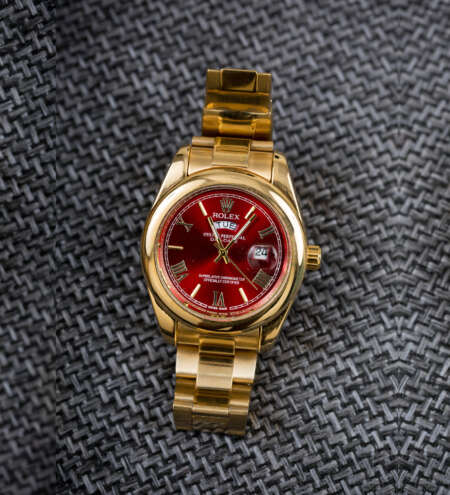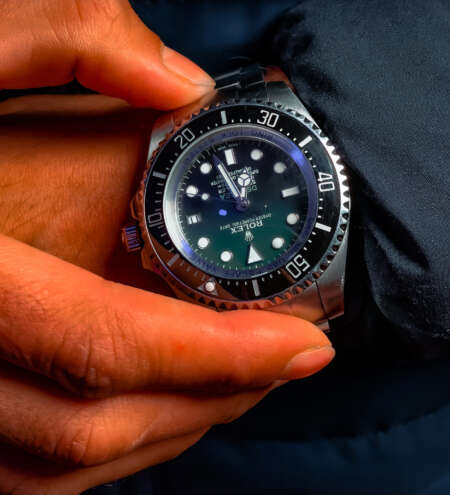Water-Resistant vs. Waterproof Watches: Understanding the Difference
Introduction:
Watches have become more than just timekeeping devices; they have evolved into stylish accessories that accompany us through various activities, including water-related adventures. However, when it comes to choosing a watch for water activities, it’s crucial to understand the distinction between water resistance and waterproofness. In this blog post, we’ll explore the difference between water-resistant and waterproof watches, helping you make an informed decision when selecting the right timepiece for your needs.
1. Water Resistance:
Water resistance refers to a watch’s ability to withstand exposure to water to a certain degree. Watches with water resistance ratings are designed to protect against accidental splashes, rain, or light water exposure, but they are not meant for submersion in water. Water resistance is usually indicated by a depth rating in meters (e.g., 30m or 50m), which represents the manufacturer’s estimation of the watch’s level of water resistance.
2. Waterproofness:
Contrary to water resistance, a truly waterproof watch is capable of withstanding submersion in water without sustaining damage. These watches are built with additional features and seals that make them suitable for swimming, diving, snorkeling, or other water-based activities. Waterproof watches are typically designed to withstand specific water pressure levels, which are indicated in units such as ATM (atmospheres) or meters.
3. Understanding the Terminology:
.
When choosing a watch, it’s crucial to understand the terminology used to describe its water resistance capabilities. Some common terms include:
- Water-Resistant: Watches labeled as water-resistant are suitable for everyday wear and can handle light exposure to water, such as handwashing or occasional splashes. However, they should not be submerged in water.
- Water-Resistant 30m (or 3ATM): Watches with this rating can withstand splashes and brief immersion in water, but they are not suitable for swimming or diving.
- Water-Resistant 50m (or 5ATM): These watches provide increased water resistance and can handle showering, swimming in shallow water, or light recreational water activities.
- Diver’s Watches: Designed for scuba diving and professional diving, these watches usually have a higher water resistance rating, typically 200m (or 20ATM) or more.
Factors to Consider:
When deciding between a water-resistant and a waterproof watch, consider the following factors:
- Intended Use: Assess the water-related activities you will engage in while wearing the watch. If you plan on swimming, snorkeling, or diving, a waterproof watch with an appropriate water resistance rating is essential.
- Ratings and Certifications: Look for watches that adhere to recognized standards and certifications, such as ISO 6425 for diving watches. These certifications ensure the watch meets specific criteria for water resistance and performance.
- Seals and Materials: Pay attention to the watch’s construction, including seals, gaskets, and materials used. High-quality materials and effective sealing mechanisms contribute to better water resistance.
Conclusion:
Choosing the right watch for water-related activities requires understanding the distinction between water resistance and waterproofness. While water-resistant watches can handle light exposure to water, truly waterproof watches are designed for submersion and more demanding water activities. By considering your intended use, water resistance ratings, certifications, and construction quality, you can make an informed decision and find a watch that suits your needs, providing both style and functionality in water environments.



